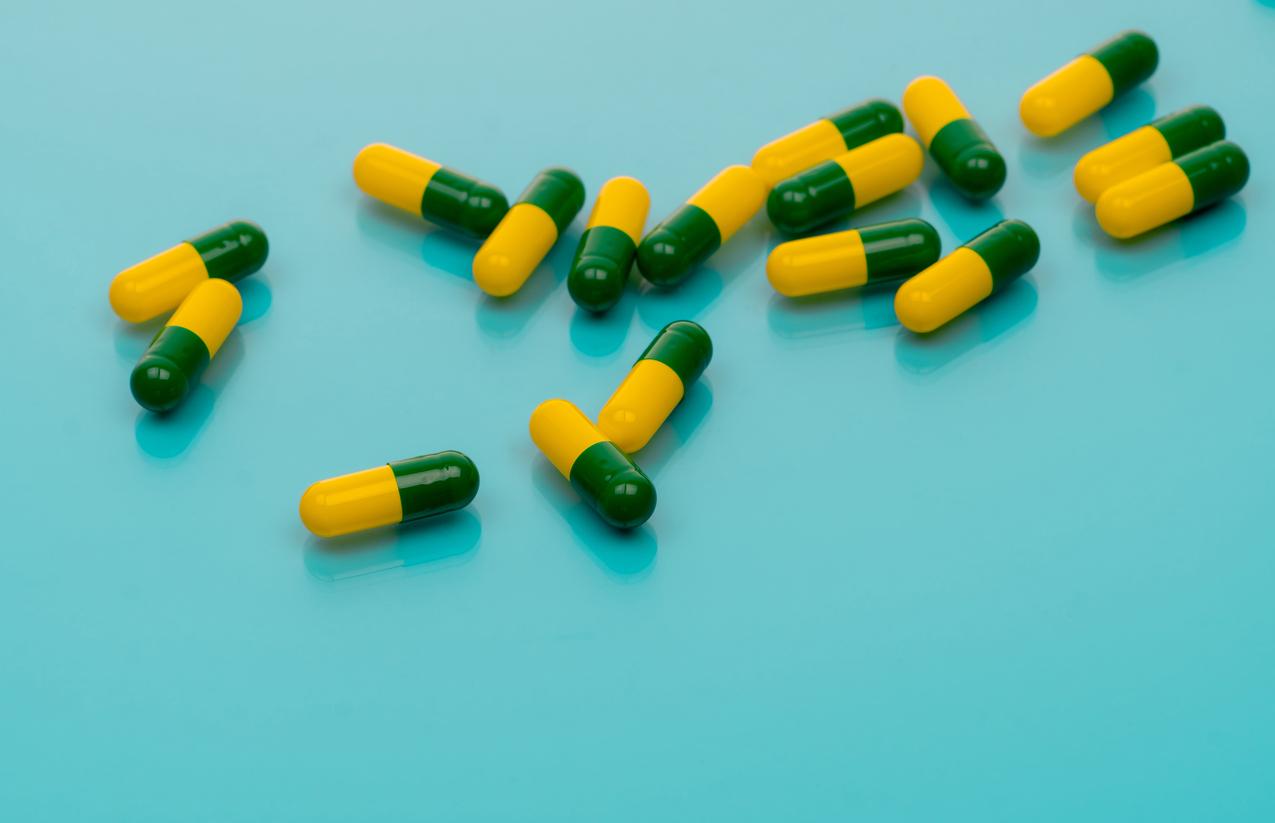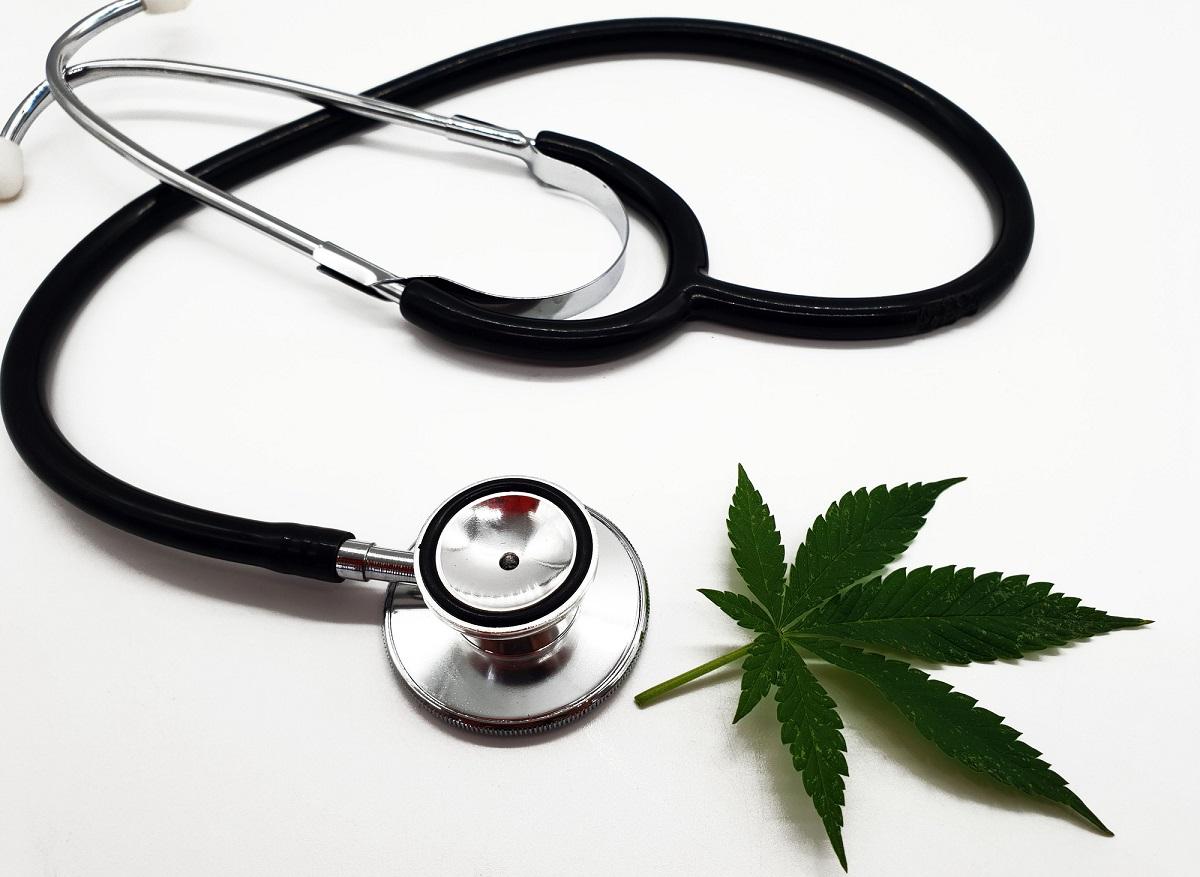Doctors who accept free samples tend to write more expensive prescriptions, notes a study that followed dermatologists for 10 years.

Free drug samples have unexpected side effects. According to a study published on April 16 in the JAMA Dermatology, they influence the nature of prescriptions and drive up their costs. A team from Stanford School of Medicine (California) made this observation by comparing the amount of prescriptions for dermatologists accepting samples and those refusing them.
From single to double
At the start of this study, a personal observation. When Stanford University banned its doctors from accepting drug samples in 2006, Dr. Alfred Lane saw the nature of his prescriptions change. “I realized that patients were being sent to Stanford with prescriptions for newly patented drugs that were unfamiliar to me. Sometimes I had to check out what they were really doing. They did not appear to me to be of great benefit, and they were very, very dear, ”says Dr. Lane.
His study, carried out over 9 years (2001-2010), confirms these observations: these commercial practices really influence prescriptions. In 2005, the 4 most prescribed acne medications were the most “offered” to dermatologists. In most cases, 9 of the 10 most prescribed drugs are also available as samples. Among them, almost all have a cheaper generic equivalent… The average amount of a prescription varies from one to two depending on whether the dermatologist accepts free samples or not: it goes from $ 200 to $ 465. And the study only focused on treatments for adult acne. This gap is often created unconsciously, the authors point out, but the effects are no less real. “Doctors are not necessarily aware of the price difference between brand name drugs and generics, and patients do not realize that by accepting a sample, they run the risk of receiving a more expensive prescription afterwards. », Summarizes Dr Lane.
France sets limits
The US pharmaceutical industry spends $ 16 billion annually on drug gifts and samples. Doctors justify themselves by citing a desire to help uninsured or needy patients. They first “feel that they give them more freedom and flexibility to help people without insurance, or with few means,” explains Michael Hurley, co-author of the study. “But national data does not reflect it. These people do not match the profile of those who accept samples. It should be noted, however, that the trend is downward everywhere, except among dermatologists.
In France, the situation is less problematic: Leem (The drug companies) has limited itself. In 2012, he recommended limiting the number of samples given to doctors to 4 drugs per person, per molecule and per year, for a limited period of two years. The Haute Autorité de Santé also updated its recommendations in 2013. It emphasizes that the medical representative is prohibited from offering gifts or samples of himself. These can only be offered at the doctor’s request.
.

















